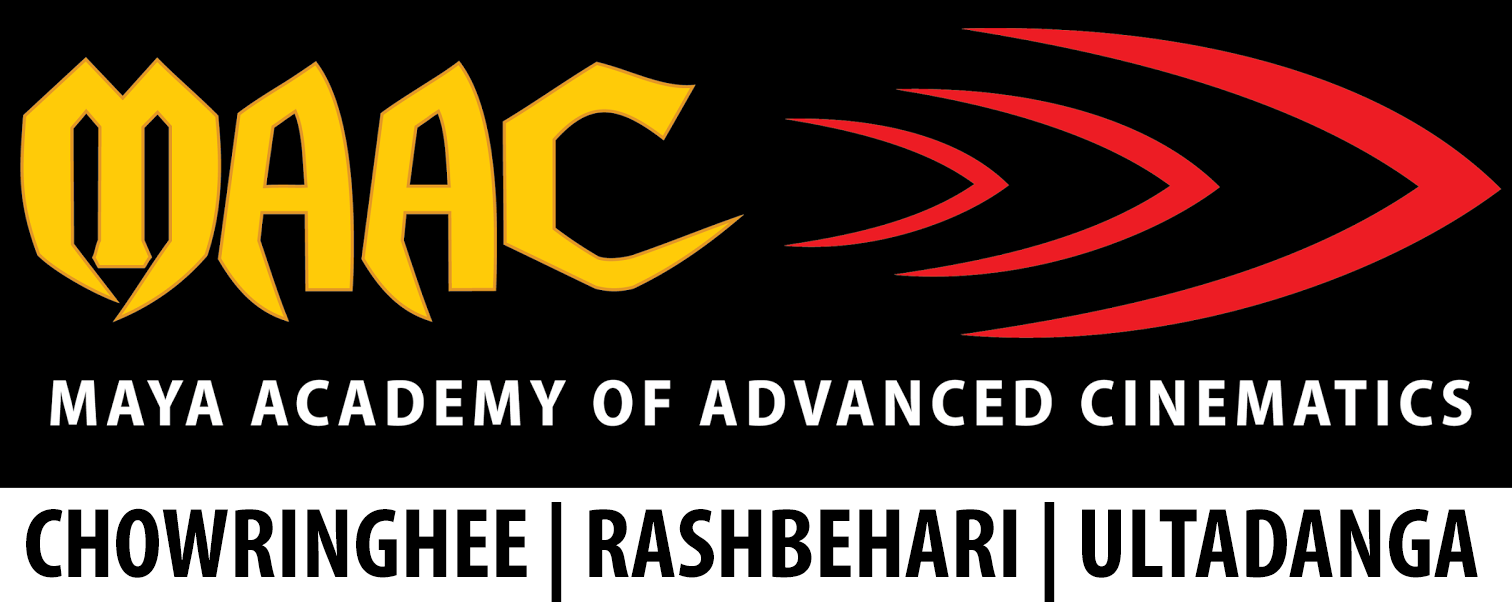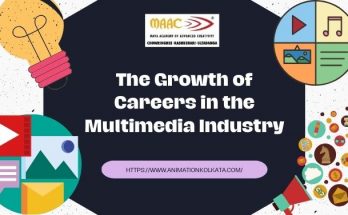We can see that application of multimedia is everyday life. For instance, while starting our day, the very primary commodities we come across are the toothpaste or soap which has multimedia in it. The packaging of the commodities we tend to use is designed with multimedia. To know various other applications of multimedia, first we have to understand about the term Multimedia.
What is multimedia?
The word multimedia has originated from two Latin words ‘multi’ and ‘media’; where the word ‘multi’ means multiple or several, ‘media’ means in the midst. Multimedia is the medium allowing demonstration of images, text, video and audio along with links and mechanisms that would allow the users to create, engage, navigate and communicate while using a computer.
Multimedia revolves around the computer based composition of hand-drawn pictures, still and motion pictures (video-clip) graphics, animation, audio or any other remaining media in which any kind of instruction can be revealed, stored, conveyed and processed by digital means.
The computer, in the first place, requires you to coordinate with whatever you observe, hear in order to encourage interaction. Interconnections should also be there between different pieces of information. Navigational tools are also required to get across the web containing the inter-connected data!
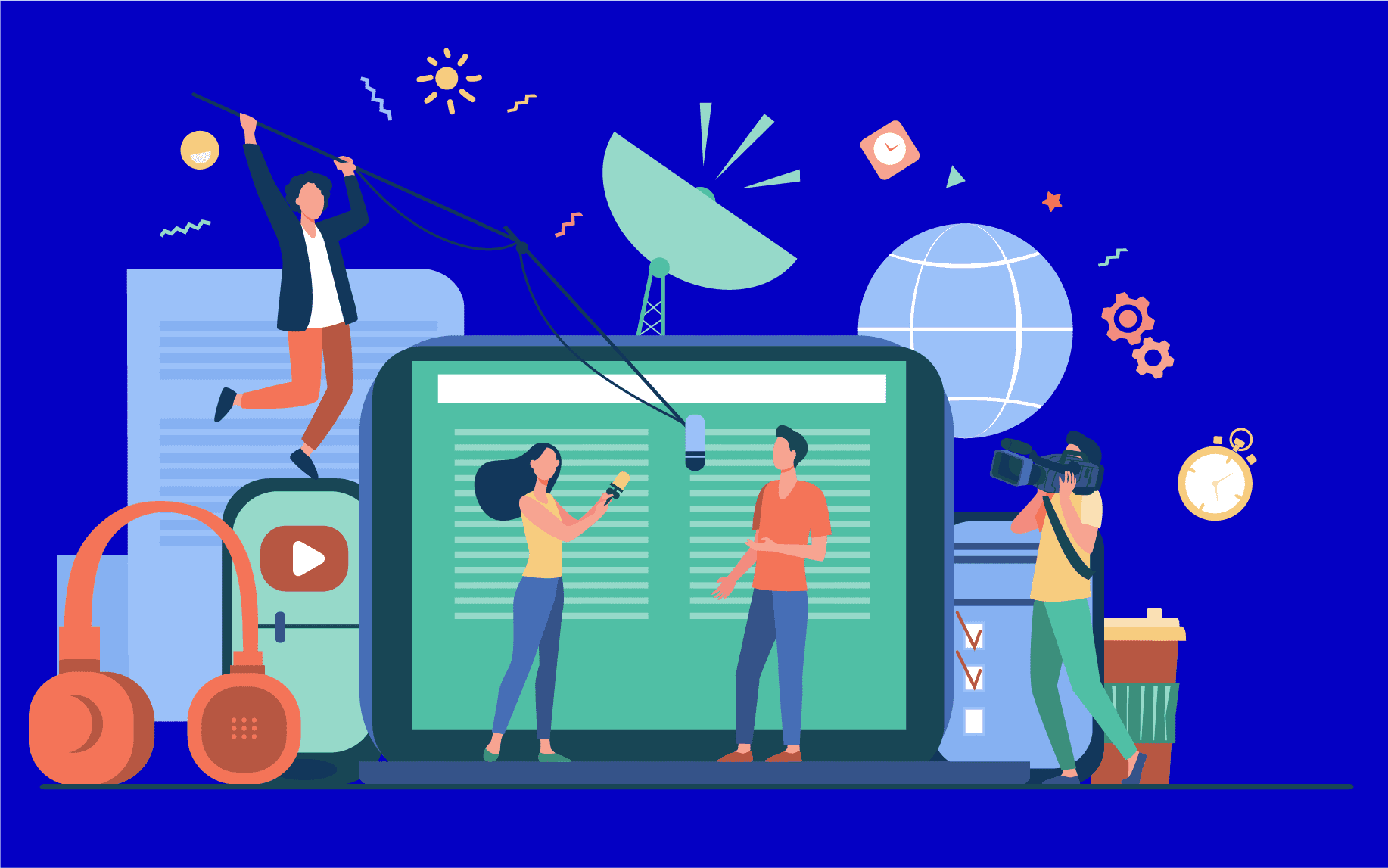
Elements of Multimedia:
This definition of multimedia gives us an idea that the materials, available on the web or professional business presentations as required by the company, demands several types of communication to connect between the sender and the receptor. Some of the few elements of multimedia are as follows:
Graphics:
This involves any non-textual information such as image/chart/sketch that is digitally represented. It is observed today that people do not prefer to read through big informational content on computers. As a result of which, info-graphics, images clarifying concepts and offering necessary information in the background, have come into use. Multi-media appears to be at the core of any presentation of multimedia.
The presentation of the concept and the efficacy are enhanced by the utilization of visuals in multimedia. Adobe Photoshop is one of the most popular programs used for graphics editing. It would allow you to smoothly modify graphics and make them more appealing and efficient.
Text:
Text is the primary way that conveys information. Usage of several characters develops a word or a phrase or a sentence in a text. All kinds of multimedia composition involve text. The text can vary in different types of Font styles and Font sizes that would match the professional presentation of the multimedia software. Today text is also used to expand other communicative forms, like a text description of an image.
Animation and GIFs:
Animation is a set of multiple visuals that would give the impression of motion. Animation seems to be fairly popular in multimedia applications. Using animation in a presentation makes it appear lighter and more exciting
GIFs, the abbreviation form of ‘graphic-image-files’. These are small files that would present an individual image or rapidly showcase a sequence of a handful images in order to give the form of motion.
Audio:
Your presentation can include sound from a tuneful background to a verbal explanation, by involving audio files. Digital cameras today have been designed in a way that allows you to record sound too. Several sound files that are compressed, helps to reduce the size of the file without compromising on the sound quality. These compressed files need less storage space and stream at a faster pace when transmitted to local systems or sent via the internet.
Video:
Video presents motion pictures and it would combine images and sound together in order to receive an effective multimedia experience. Video files seem to be few of the most resource-intensive applications of multimedia, but smart streaming methods in the contemporary world make their use practical in our day-to-day lives.
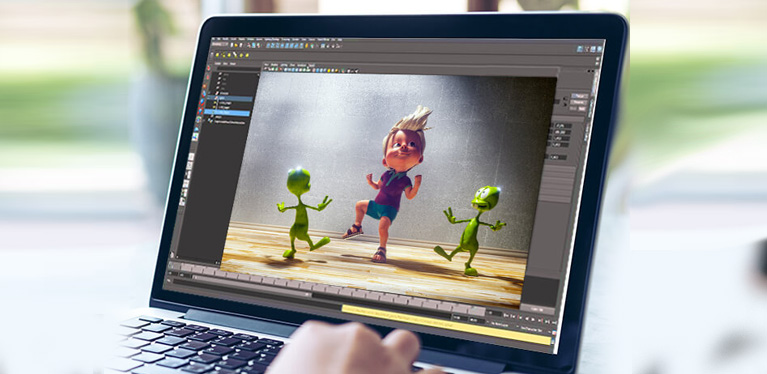
The client base of the Indian media and entertainment is heterogeneous, huge
and has the hunger for the content. Not only is it open to pay for value, but also more than willing to encourage technological experiments- whether it is digital payments, e-commerce, online education, social media, virtual experiences or gaming.
The different customer base with good demographic and macroeconomic factors seems to have achieved an exciting period of time in this industry. It is in the year 2022, that the Indian media and entertainment industry has accomplished
its paramount revenues ever! Increasing media consumption is observed across audio, text, video and experiences. It is almost every individual segment that seems to have grown across both traditional and new media. However, advertising has grown by 19% and has crossed (INR) 1 trillion, whereas subscriptions have grown by 13%. Let us try and get an insight into digital India and how it has impacted the various multimedia vehicles.
UNDERSTANDING DIGITAL INDIA
Digital India consists of several initiatives that are taken under the single program, each aimed at preparing India for becoming a knowledge-based society and for bringing about good governance towards the public through co-ordinate and synchronizing engagement of the entire administration.
Activities that are under the Digital India initiative are carefully monitored, this is due to the Prime Minister being its Chairman of the Monitoring Committee. The entire existing and current e-Governance initiatives have been refurbished in order to line-up them with the Digital India principles. Talking of the Digital India program, let us throw some lights on the vision of the program.
The vision of Digital India program aims towards:
- Inclusive growth in the areas of manufacturing, electronic services/products and job opportunities, etc.
- Digital Empowerment of Citizens
- Governance & Services on Demand
The Digital India program focus on providing Public Internet Access Program
Universal Access to Mobile Connectivity, Broadband Highways, E-Governance, e-Kranti
improving Government by means of Technology, eKranti – Information for All, Electronic Delivery of Services, Electronics Manufacturing, IT for Job opportunities.
This tower of strength focuses on preparing by providing training towards the youth in the skills that are required for availing good job opportunities in the sector of IT/ITES. Early Harvest Programs: This program includes a group of various short-term schemes having immediate impact on the digital ecosystem of India.
‘Power to Empower’ is the motto of the Digital India Program. The 3 core elements towards the Digital India initiative program are as follows:
- Digital literacy.
- Creation of digital infrastructure
- Digital delivery of services
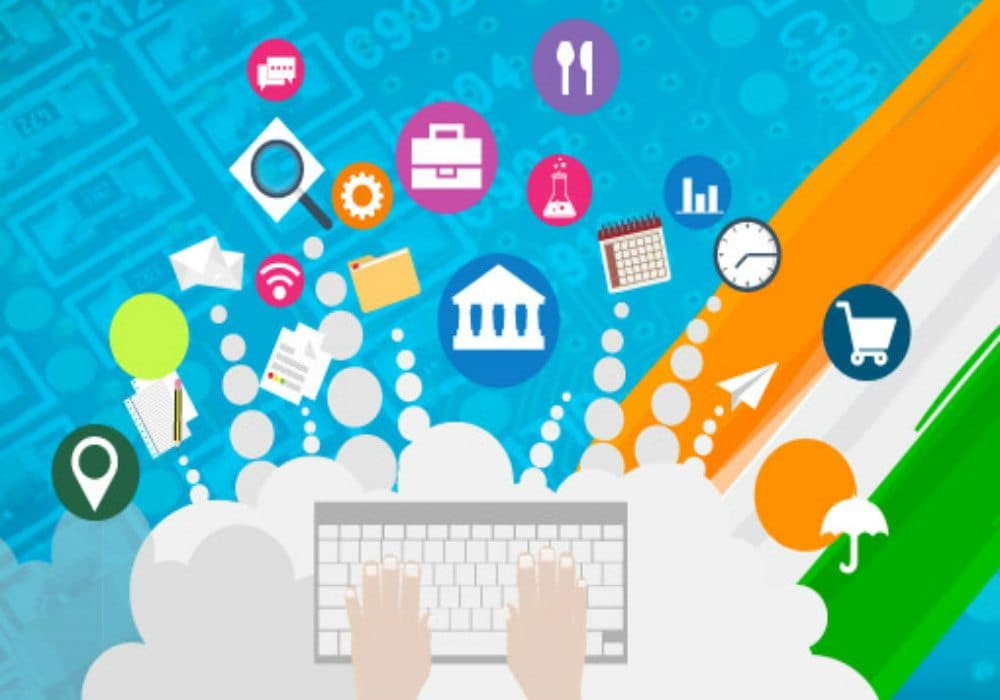
Let us take a look at some of the key objectives of this initiative of the Digital India program.
These are enlisted below:
1. This initiative significantly focuses on reconstructing several existing schemes that are capable of getting implemented in an in-sync manner.
2. This program aims to provide easy access to the Common Service Centre (CSC) in every locality.
3. This program combines a larger number of thoughts and ideas into an individual, comprehensive vision,
4. This initiative is to provide high-velocity internet connectivity in every Gram Panchayats. This is because each and every one of them can be seen as a part of a larger goal.
The mission of Digital India encompasses plans towards connecting the rural locations of the country with connectivity of faster internet networks. ‘Public Internet Access Program’ being one of the 9 pillars of digital India. On the platform of technological adoption, India ranks amongst the topmost 2 nations worldwide. Let us highlight on the benefits of Digital India are:
1. A Common Service Center has been created under the scheme of National e-Governance of the government of India that provides accessibility towards information & communication technology (ICT). Through accessibility towards computers and the Internet, the CSCs provide multimedia content which is related to health, telemedicine, e-governance, entertainment, education, and other private/government services.
2. Digital villages that have been established are well-equipped with facilities such as Wi-Fi choupal, LED assembly unit, solar lighting & sanitary napkin production unit.
3. Increased electronic transactions that are co-related to e-governance.
4. Utility of internet data seems to be a key tool that is used for the delivery of the respective services and internet penetration in the urban areas has reached 64% .
5. Under the Bharat Net program, an optical fiber network of 2, 74,246 km has linked over 1.15 lakh Gram Panchayats.

RE-INVENTING MULTIMEDIA INDUSTRY IN INDIA
- Digital advertising: The Digital ad services have grown by 15%, in order to reach INR 576 billion. Ad services by SME and extended tail advertisers over 200 billion and e-commerce advertising platforms earned (INR) 86 billion.
- Television: Ad services in the Television has fallen by 6.5% this is due to a downturn in spending by D2C brands and gaming, impacting revenues for premium quality properties.
- Online gaming: Over 450 million online game-players in India among which around 100 million played on a regular basis. Actual money gaming consists of 83% of part revenues.
- Animation and VFX: There was a revival in the demand during the 2nd half of the year leading to growth, boosted by the latest trend of utilizing more visual effects in the content in India.
- Out of Home (OOH): Out of Home grew by 13% in the year 2023 and crossed its levels that were in 2019. The growth was led by high quality properties and location spots.
![]()
THE MULTIMEDIA INDUSTRY FORECAST FOR FUTURE
It is expected that India would have almost a billion active screen displays by the year 2030. Among all these, around approx. 240 million is expected to be TV, PC, laptop (large screens), whereas, the remaining will be mobile phones, phone-tablets(small screens).
The gaming segment is expected to see a huge growth across all its verticals. This includes fantasy sports, e-sports, casual gaming, and other skill-based games to reach an estimation of around 150 million regular players. Platforms of Short-form video (SFV) in India boast a customer base of 250 million, with two-thirds of which originates from the smaller cities.

TO LEARN MORE ABOUT MULTIMEDIA , CALL THE BEST MAAC CENTER
@9836321595 MAAC CHOWRINGHEE
@9836321789 MAAC RASHBEHARI
@9830390356 MAAC ULTADANGA
